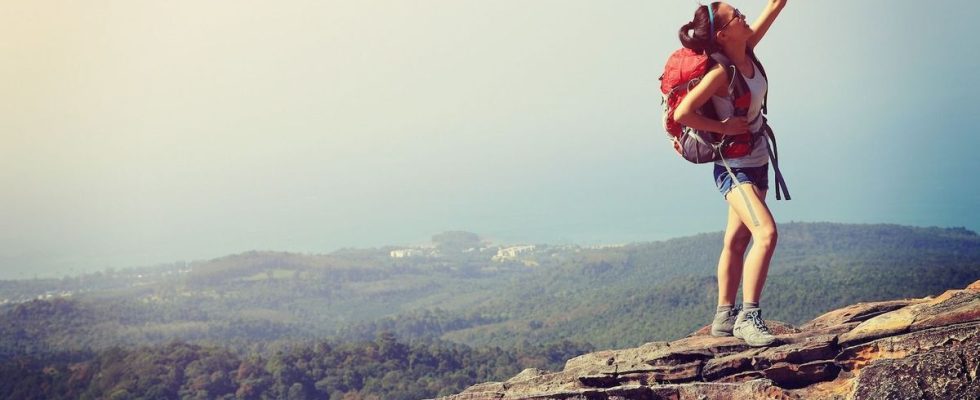Published on
Updated
Reading 2 min.
in collaboration with
Dr Gérald Kierzek (Medical Director of Doctissimo)
Medical validation:
November 29, 2023
Do you like taking photos of yourself? Be careful, this selfie could cost you your life. Every year, many people die because of a selfie!
Taking a selfie is not without risk. Every year, many people lose their lives while photographing themselves on the edge of a cliff or at the top of a volcano… Accidents which, according to Australian researchers, constitute a real public health problem.
Nearly 400 people have died since 2008 while taking a selfie
In this study, published in the Journal of Medical Internet Researchthe team of scientists says that selfie-related deaths, including falls and drownings, constitute a real public health problem.
“Selfie-related injuries have become a public health problem amid the near-ubiquitous use of smartphones and social media apps. Selfie-related deaths in aquatic environments are of particular concern; areas often frequented because of their photogenic nature. Unfortunately, these places present dangers inherent to their environment“, they say.
Since 2008, nearly 400 deaths linked to these dangerous selfies have been recorded, including 77 in the United States alone. Dizzying falls (from the top of a cliff, a building or a volcano) represent the leading cause of death, followed by drowning.
The victims of spectacular or “perfect” selfies
As for the typical profile of the victims, researchers reveal that the majority of them were female tourists aged around 20 years old.
“Many of these young people are obsessed with the “perfect selfie,” says Dr. Kierzek. “Result: they climb to the top of a building or a cliff, don’t pay attention, back up and it’s an accident. But even a fairly trivial fall can have serious consequences“, he recalls.
The other emerging trend on social networks? The “spectacular selfie”.
“People drive and take selfies, for example. Once again here, they are looking for the perfect image, the one that will generate buzz. We must therefore use common sense, minimize the risks and above all take a sufficient step back to ask ourselves what is the point of taking these photos.“, emphasizes Dr. Kierzek.
The researchers behind the study make several recommendations on this subject.
They propose in particular to establish “prohibited selfie zones”, and to put in place more barriers and signage in risk areas.
They also recommend displaying a list of “precautions to take” when taking a selfie in dangerous areas.
“It may be helpful to also send safety messages to social media users.”conclude the researchers.
